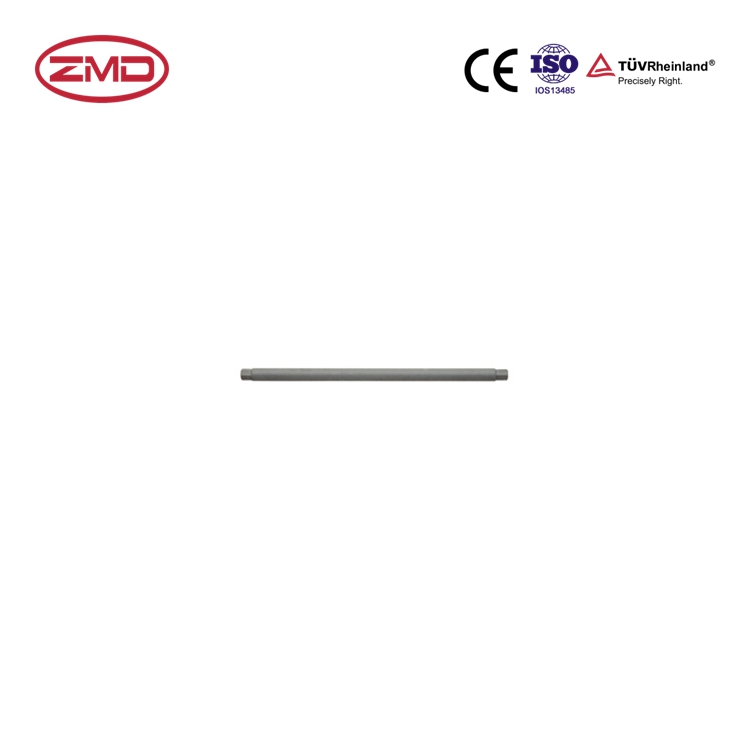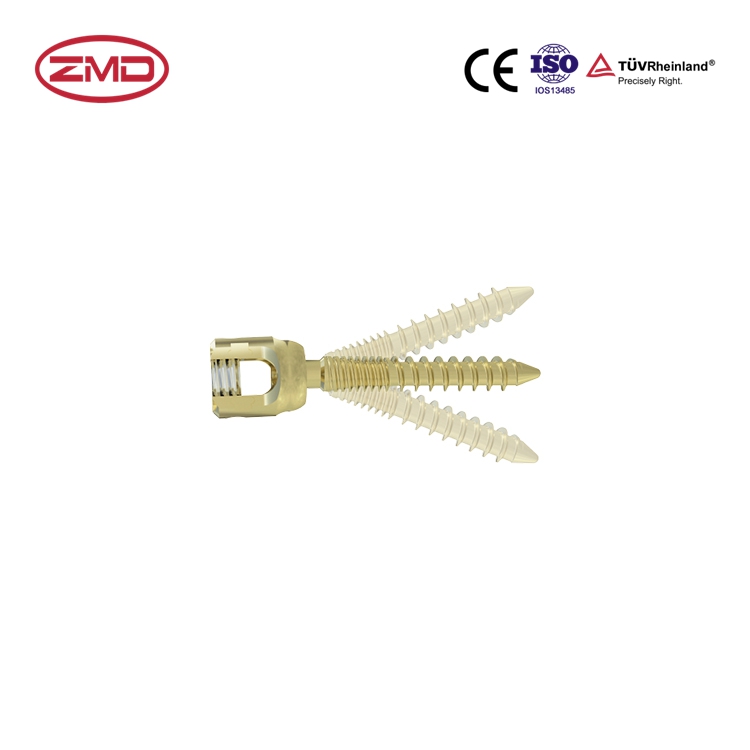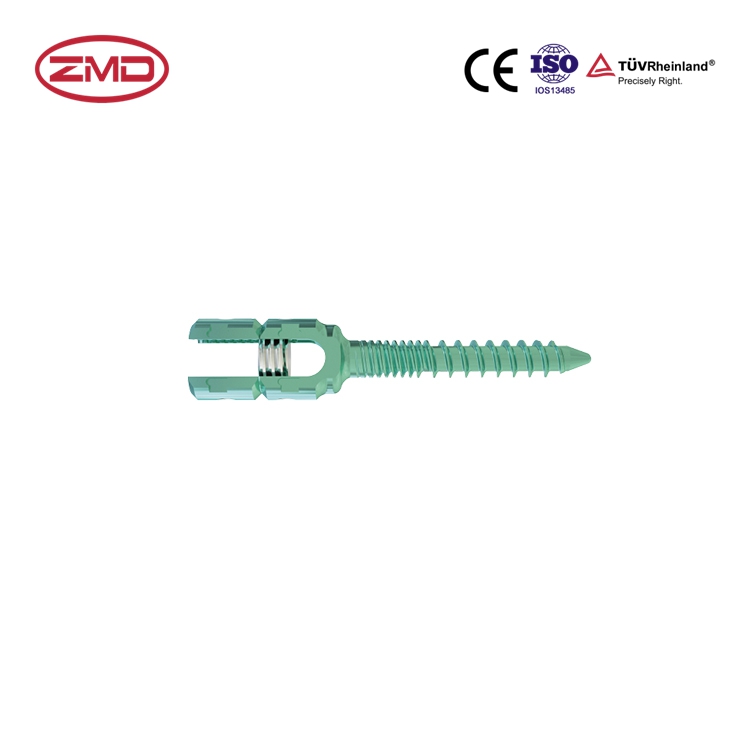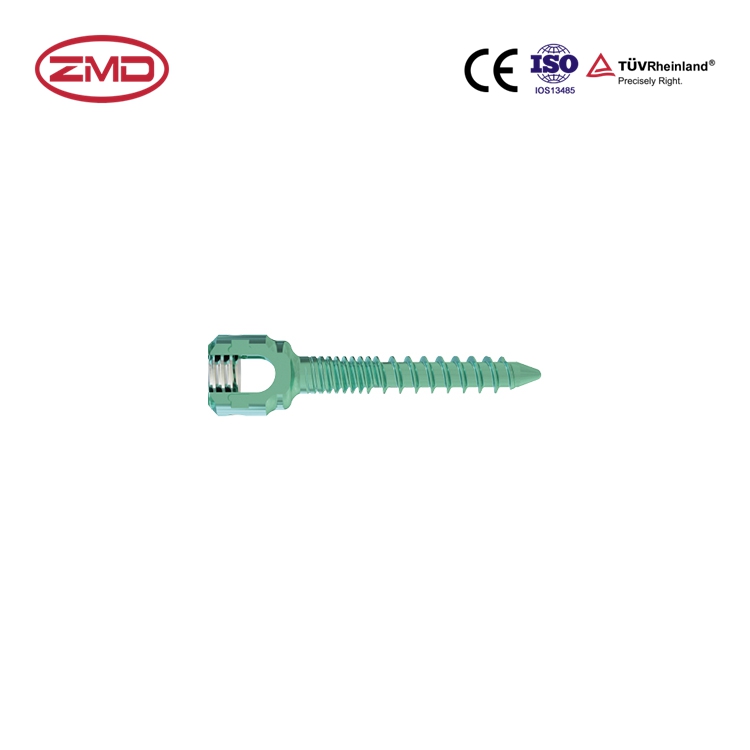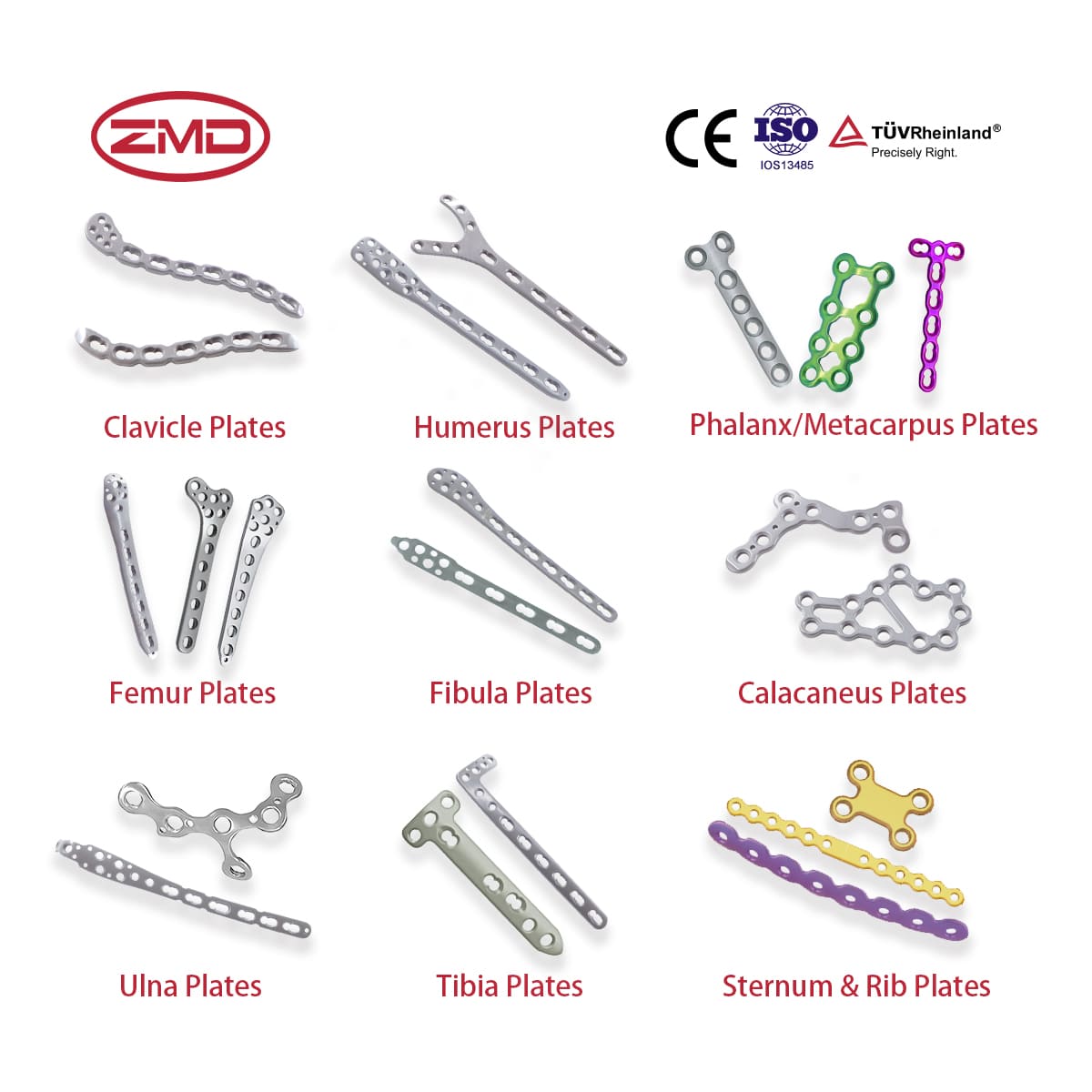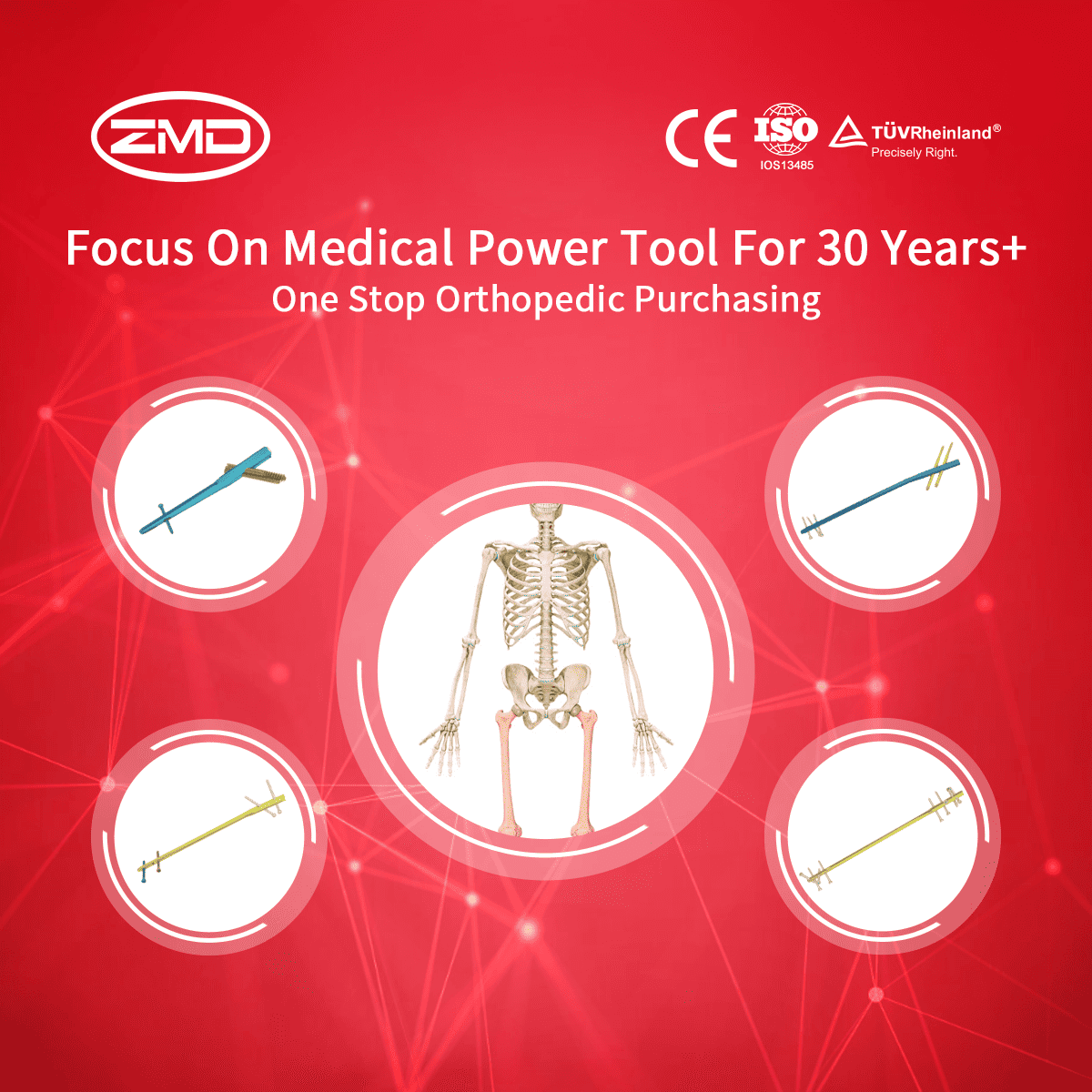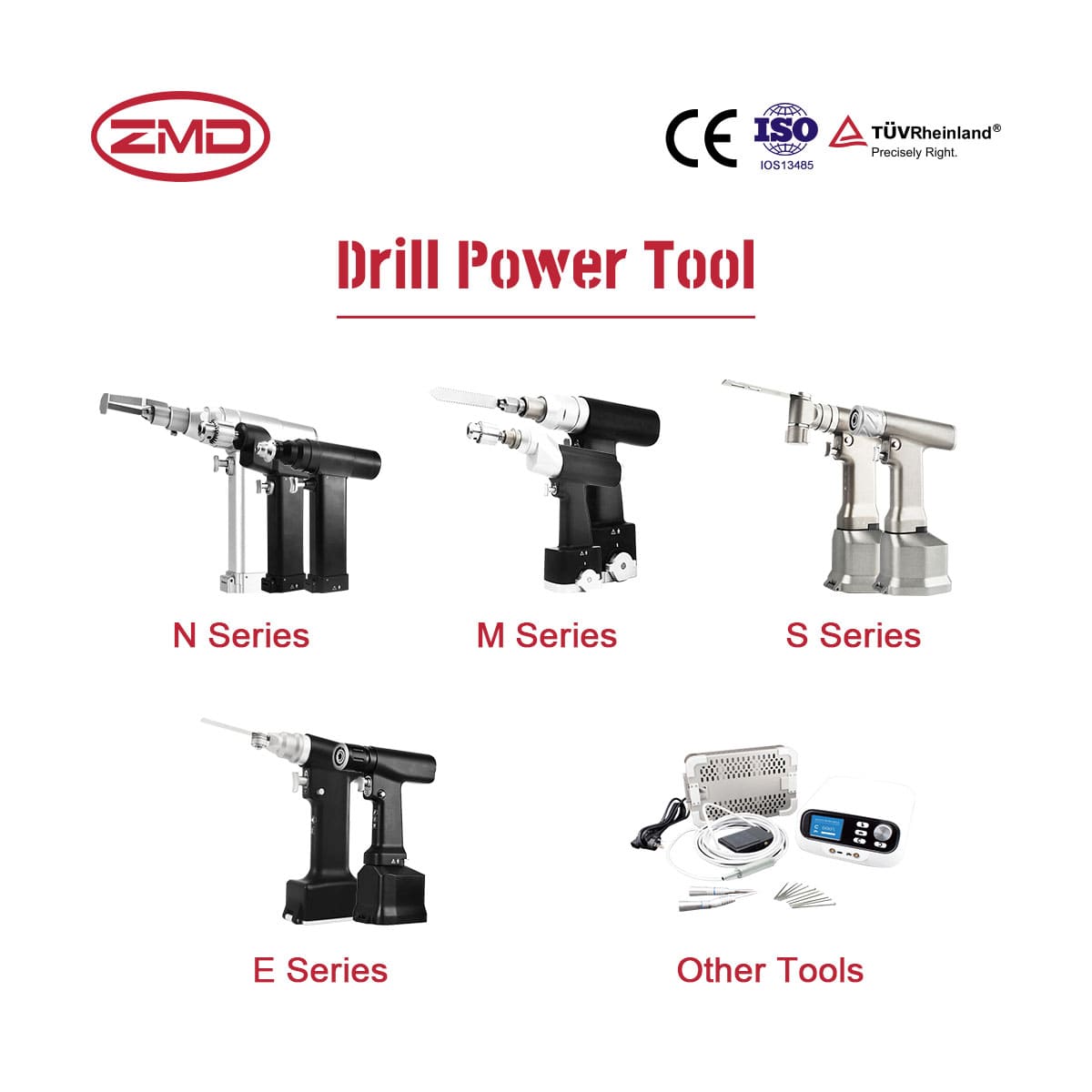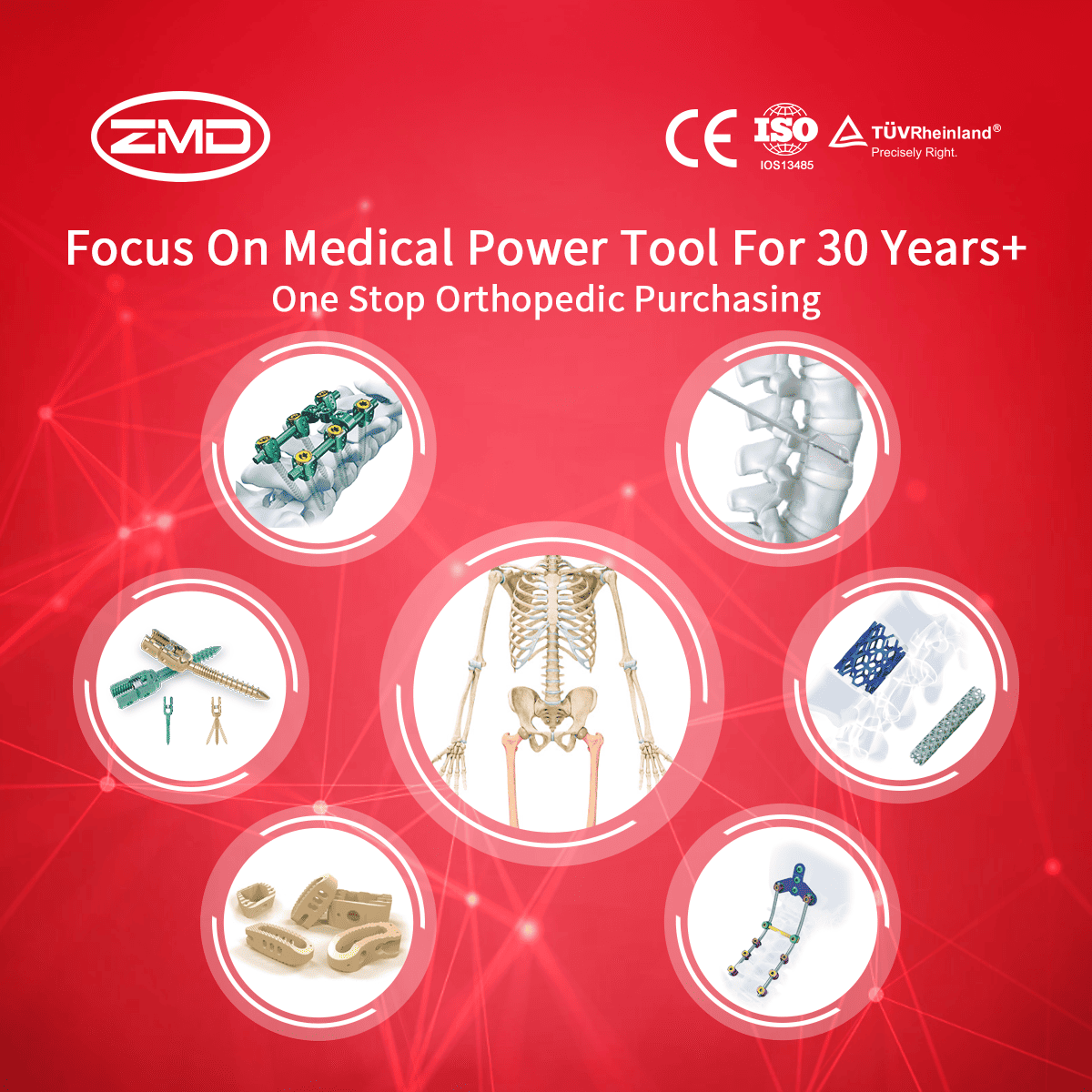6.0mm USS System
ZMD
Orthopedic Products
Haven't been able to locate the product you're searching for yet?
If you're interested in more orthopaedic implant products, feel free to get in touch with our ZMD consultants.
What is the 6.0mm USS System?
The 6.0mm USS System represents a powerful and advanced option in the realm of spinal surgery, specifically engineered for minimally invasive procedures targeting the thoracic and lumbar spine regions.

Key features of the 6.0mm USS System:
Minimally Invasive
Complete System
Advanced Technology
Benefits of the 6.0mm USS System
- Improved patient outcomes from minimally invasive surgery, like less pain and better recovery chances.
- Enhanced surgical efficiency by having a comprehensive implant selection for quicker, more precise operations.
- Reliable fixation for many spinal pathologies needing a sturdier approach.
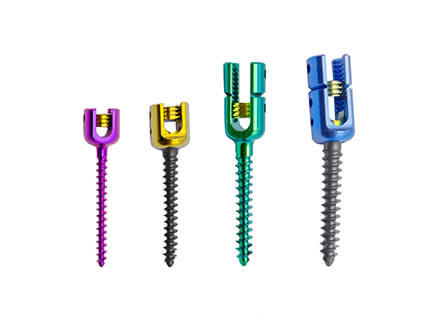
How Does a 6.0mm USS System Work?
The 6.0mm USS (Upright Spinal System) is an expertly engineered and highly specialized surgical tool that has become indispensable in the field of spinal medicine. Its primary purpose is to bring stability and proper alignment to the spine, which is crucial for patients grappling with a variety of spinal ailments.
Here’s a simplified breakdown of its working mechanism:
Insertion
Rod Placement
Attachment of Implants
Compression and Stabilization
Fusion
Blog
International Women’s Day: Salute to the “She – Power” at ZMD
International Women’s Day: Salute to the “She – Power” at ZMD Amid the trends of “Intelligent Medical Devices” and “Minimally Invasive Medical Technologies”, ZMD thrives
Discover Innovation with Sunan Medical at AAOS
Discover Innovation with Sunan Medical at AAOS The American Academy of Orthopaedic Surgeons (AAOS) Annual Meeting is the premier event for orthopedic professionals worldwide, offering
Visit Us at Expomed Eurasia 2025: Discover Sunan Medical’s Innovations
Visit Us at Expomed Eurasia 2025: Discover Sunan Medical’s Innovations The 32nd Expomed Eurasia, taking place from April 24-26, 2025, at the Tüyap Exhibition and

